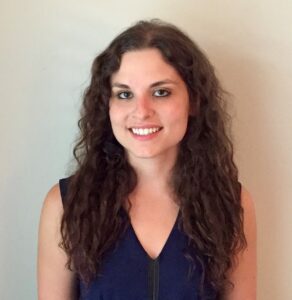EAT SLEEP TANTRUM REPEAT by Rebekah Diamond, MD (Book Excerpt)
 PLAY IT SAFE
PLAY IT SAFE
Keeping Safety—and Fun!— Front and Center as Your Child Explores Free Play
In a world of mounting parental anxiety, it’s harder than ever to know what you should actually worry about. Helicopter parenting is so 2004, and #SnowplowParenting, where parents push all obstacles out of the way, was trending for all the wrong reasons. But how do you balance safety with permissive play? If you’re like me, the idea of total “free-range parenting,” where toddlers go solo rock climbing and “supervision” is a dirty word, holds no appeal. The idea, though, that allowing for self-guided exploration, and some of the cuts and bruises that it inevitably brings, is important for your little one’s development and protective against anxiety makes a lot of sense.
Finding the balance between all-or-none helicopter and free-range parenting is an ongoing journey for me. It is for most parents, as our biggest, hardest task is to guide our children through this world as safely as possible yet still give room for them to build autonomy. There is, as always, no single right answer. Moderation is a good mantra, and striving toward a middle ground between helicopter and free-range extremes makes sense for most. How much you push yourself in either direction will depend on your own personality (hello from an anxious mother with helicopter instincts!), your child’s response, and your parenting style. Each decision is a moment in time, and part of a bigger picture.
It’s true that you can just “figure it out,” follow your instincts, and feel empowered to make risk assessments as daily activities arise. But you can also do a little planning and set yourself up for success.
During the peak of the pandemic and into the following years, as children continued to be deprioritized when it came to preventing covid infection, the topic of risk came up a lot. I reflected on it daily and answered hundreds of questions. We parents felt trapped, forced to accept risks that weren’t fair for our children, expose them to covid because the harms of continuing to isolate were too great. It felt unique to that moment, a new dilemma of risk acceptance forcing us to make seemingly impossible choices.
But the reality was that this wasn’t anything new. While I would never minimize the fact that this situation was a failure of our society to protect children, being forced to accept the risk of harm to our children, preventable or not, is an inevitability. This realization helped me make decisions, counsel parents, and choose the option that best balanced risk of exposure from risk of isolation. It also helped me apply this same framework to other daily choices. I realized, concretely, why free-range toddler rock climbing held no appeal: What is the proven benefit of this level of risk-taking that you wouldn’t get from laid-back playground exploration? I doubled down on my own mindfulness, working on my own anxiety and risk acceptance and trusting that I would make the choices that made the most sense for my family.
I also came to a new level of acceptance about the world around me. I would try to advocate for change, push policy that protects kids from the very preventable harms they face in this increasingly unstable world around us. But on a day-to-day level, I knew there would be many risks I couldn’t control.
And then, another light bulb—what could I control? I could decide which situations I allowed my child to find herself in, which places she would be allowed to explore. I could work to maximize the safety in those places—both indoors and outdoors—and then strengthen my efforts to take a step back and truly let her play.
This realization and reflection prompted a shift. I focused on the measures I could take to make her environment safer and minimize the chances of harm. I poured the most energy into serious harms, forcing myself to accept and expect bumps and scrapes. I set my child up for the safest play possible, so that I could promote the freest play possible.
Finding your version of safe, free play isn’t always easy, but it starts with some simple steps. There are plenty of concrete ways to remove big dangers from indoor and outdoor adventures. So let’s go through them, starting with the “toddler-proofing” basics that make it easier to engage in low-stress indoor play.

Rebekah Diamond, MD is a pediatrician, mother, and founder of the website ParentLikeAPediatrician.com. She received her undergraduate degree from Yale University, and her M.D. from the Mount Sinai School of Medicine. Visit Eat Sleep Tantrum Repeat: How to Parent Like a Pediatrician and Keep Your Toddler Happy and Healthy: Diamond, Rebekah: 9780806541655: Amazon.com: Books















